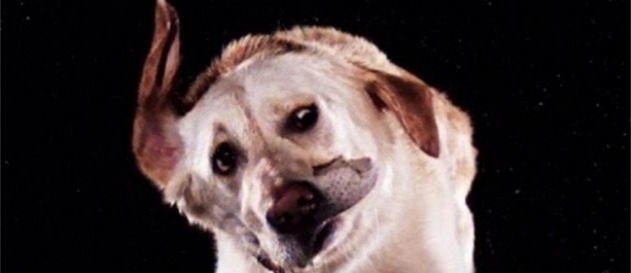
It is well-acknowledged by now that the film above, which I linked to in my inaugural
Video of the Week post, is one of the most important ancestors of that thing we call "cinema." In its simple series of frames we can locate the roots of Gone with the Wind, Casablanca, Norbit. This short is from 1878 and is a more advanced version of a series of photos taken by photographer Eadweard Muybridge in 1872. He'd been hired by former California Governor Leland Stanford to settle a bet: Does a trotting horse always maintain one foot on the ground as it runs, or does the animal experience periods of "unsupported transit"? Stanford advocated the latter position.
As we now know, Muybridge's work vindicated Stanford's view. I bring it back here because it's a direct predecessor to this week's video. The two together suggest the breadth of mankind's ongoing fascination with using technology to push past the limits of what can be seen with the naked eye.
This week's clip comes from a web series called Earth Unplugged. There's no real artistry to it, per se (unless you're into black backdrops and crisply high contrast lighting); it's just animals, tightly filmed, doing stuff in slow motion. Even so, the sense of seeing the un-seeable, whether it's the play of light on a glistening food scrap as a hawk feeds, or the stretch of a turtle's neck tendons as it lunges to snap a stalk of celery, is wholly captivating. These mundane moments of animal life have been afforded a new kind of significance through the application of technology. When played at regular speed, they might not even register at all.
This effect can't calls to mind one Wong Kar-Wai. Through his career, Wong has constantly manipulated the speed of his images in effort to uncover the un-seeable (also: the "easily overlooked"). Even though the objects of his investigation (regret, memory, emotion) are more ephemeral than what you absorb watching animals eat in slow motion, the way the image speed focuses your attention to the tiniest of details is strikingly and surprisingly similar.
TOPICS